Transposition is essential skill for any aspiring musician. At their heart of it, transposition allows you to alter music so that it can be played on different instruments or in different ranges of pitch.
So let’s take a dive into how to transpose up an octave, both for music theory students and for musicians seeking to understand the concept of transposition
Need to transpose using another interval; check out all our transposition guides here.
What is an octave?
An octave simply means eight notes.
Just think to yourself… How many legs does an OCTopus have?! Eight!

Transpose up an Octave in the Same Clef
Before we look at moving between clefs it is important to practice how to transpose up an octave within the same clef.
Let’s first look at moving a middle C in the Treble Clef up an octave (eight notes).
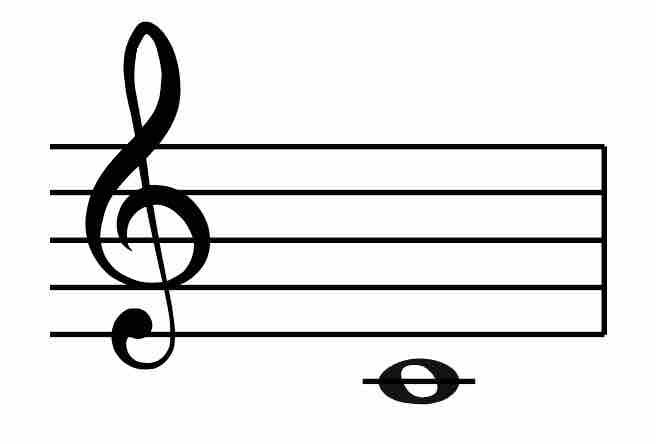
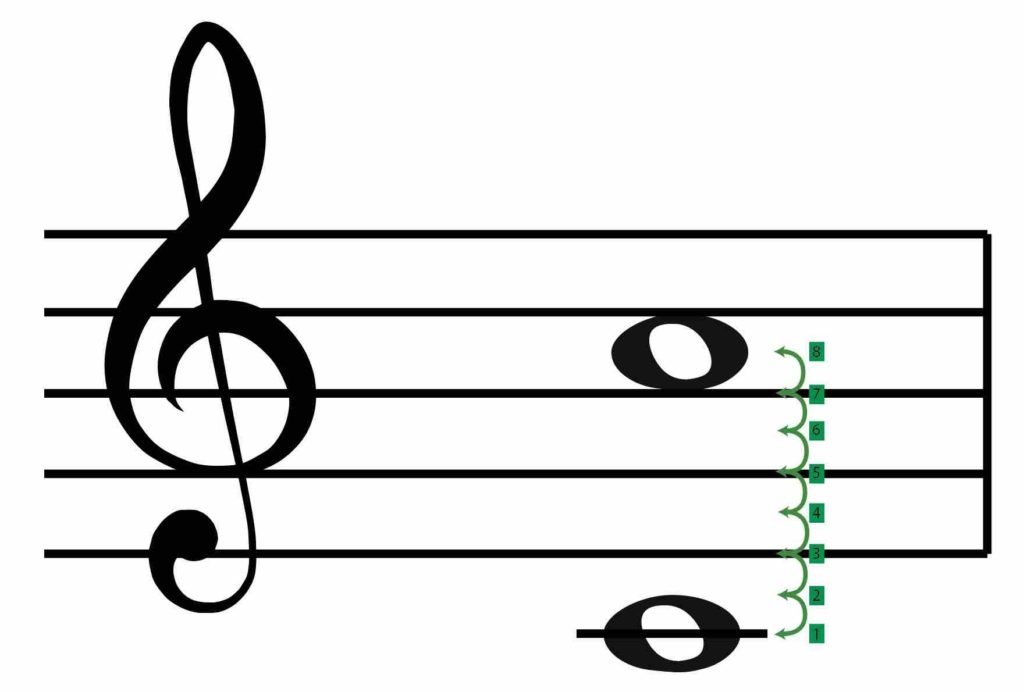
This can now simply be done in our other three clefs…
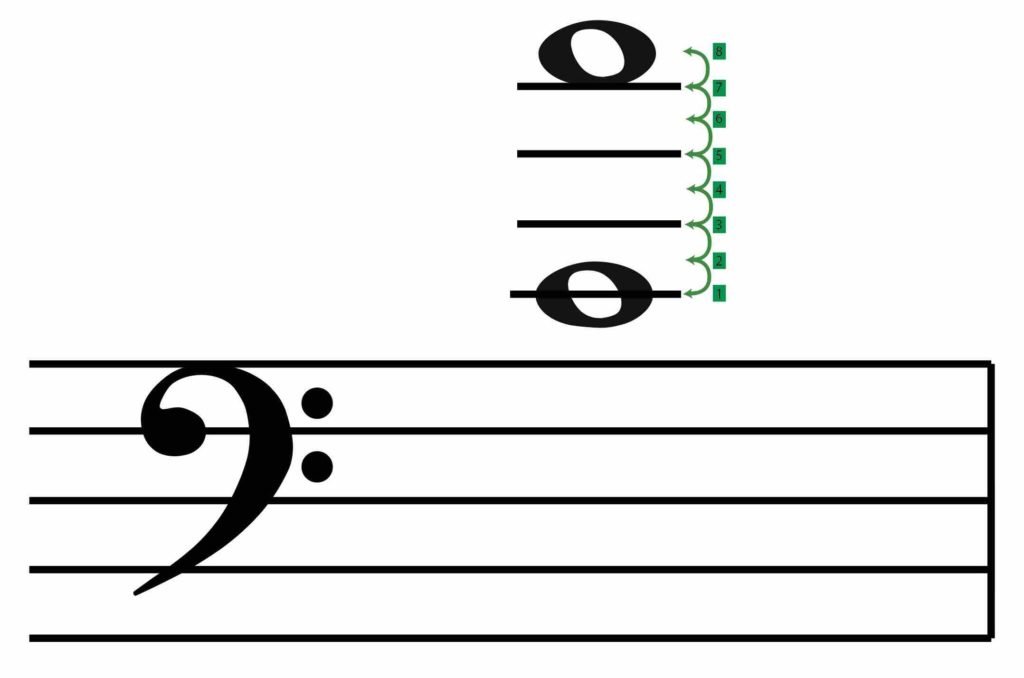
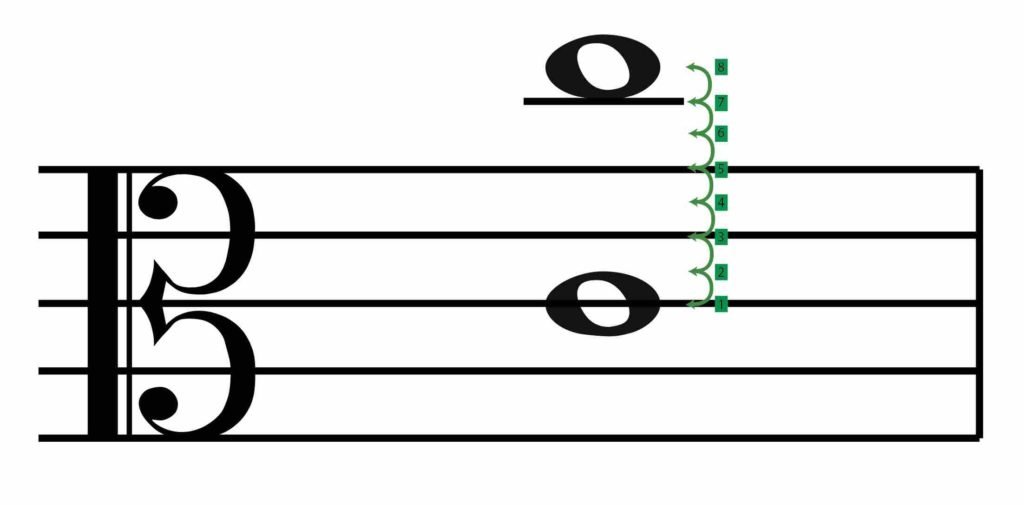
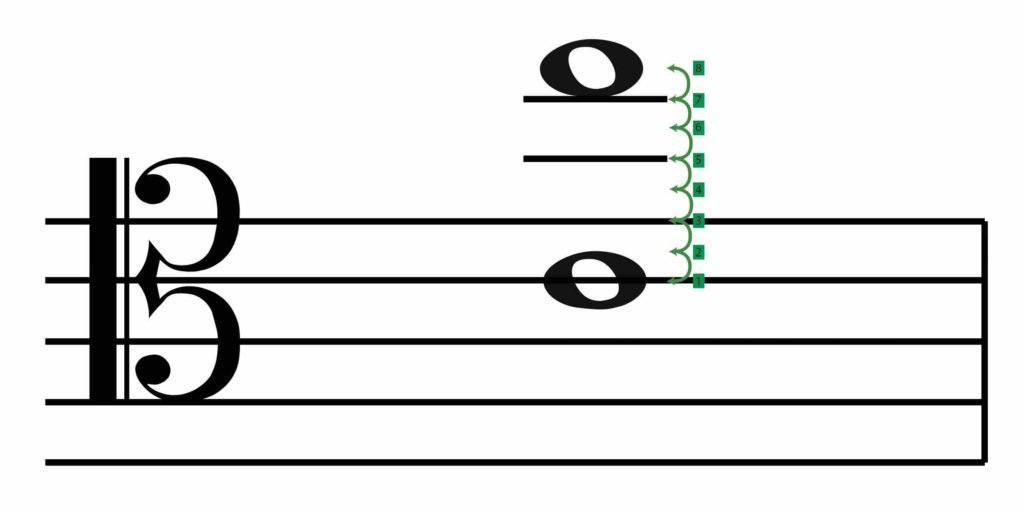
Octaves Using Different Clefs
Ensure that you can confidently transpose up an octave in the same clef. It is now time to see if you can take this knowledge and apply this to transpose up an octave between the clefs.
Remind yourself how you took the same note/pitch into different clefs. Here is an example using middle C. Below is middle C in the treble clef.
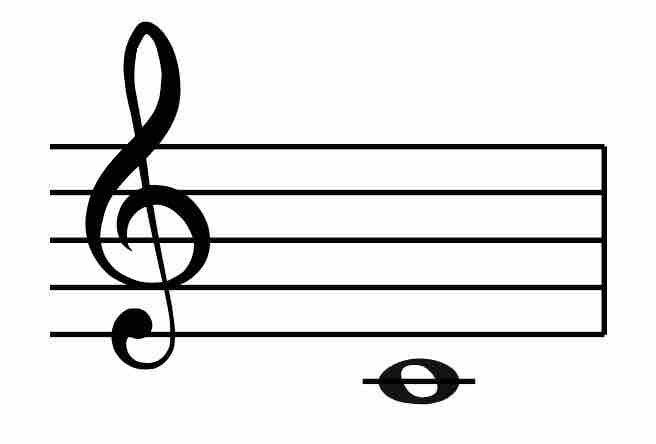
Below we have middle C in the bass, alto and tenor clefs.

Here is another example. If we have the E above Middle C, it would look like this. As you can see all the notes below are an E above middle C.

transpose up an octave in different clefs
Now, let’s apply this to moving UP an octave between treble and bass clef.
Which note do we have below in the treble clef?
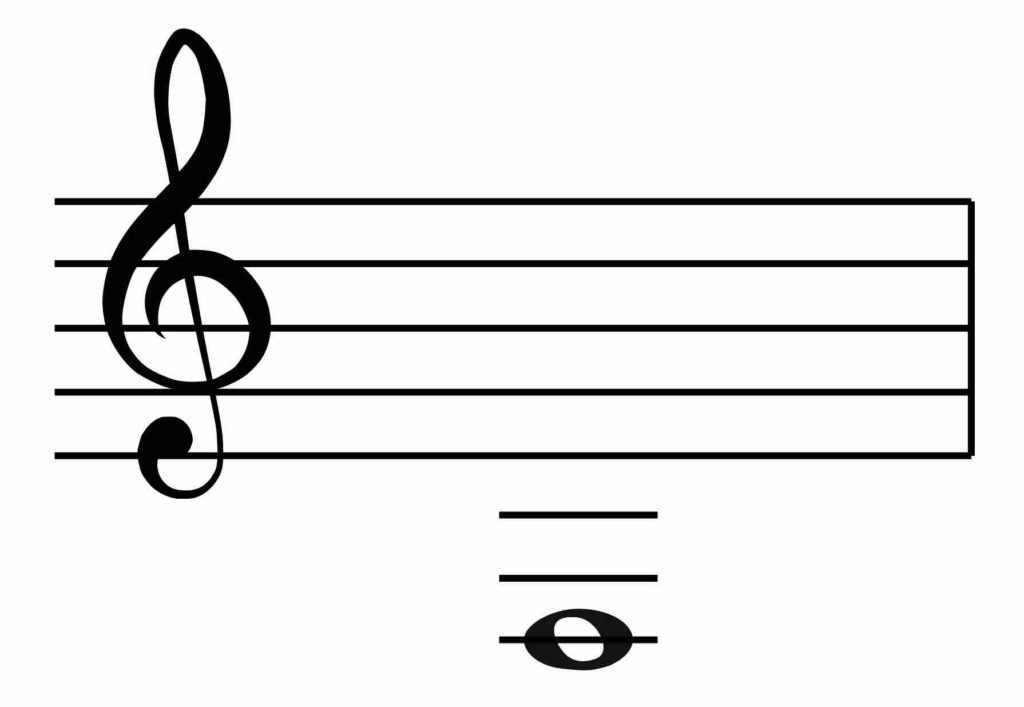
That’s correct, we have an F below middle C.
Pay particular attention to the fact we say below middle C. Recognising that this note is below middle C, means you can confidently say that by taking it up an octave (eight notes) you will be writing the F above middle C
Take a look at what this F would look like in the Bass clef without transposing it.
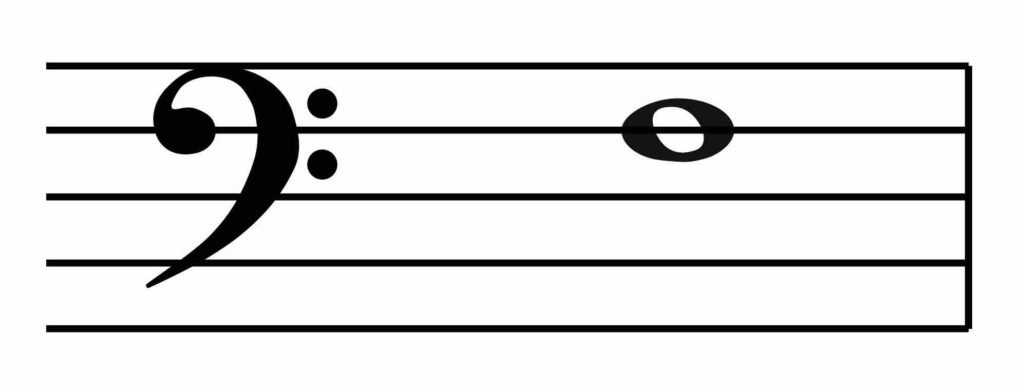
Now let’s count up eight notes from here to find our F above middle C, an octave above the original note we were given in the treble clef!
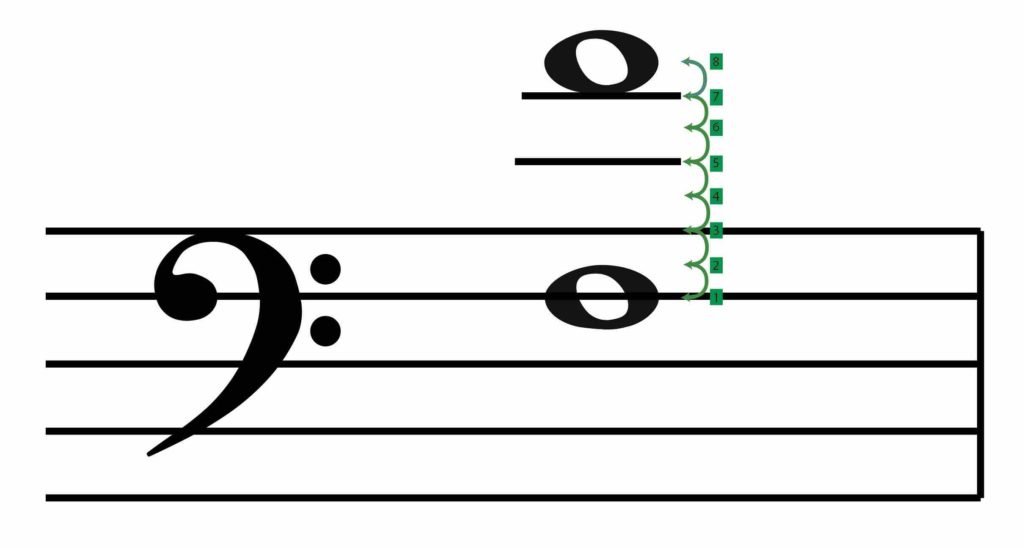
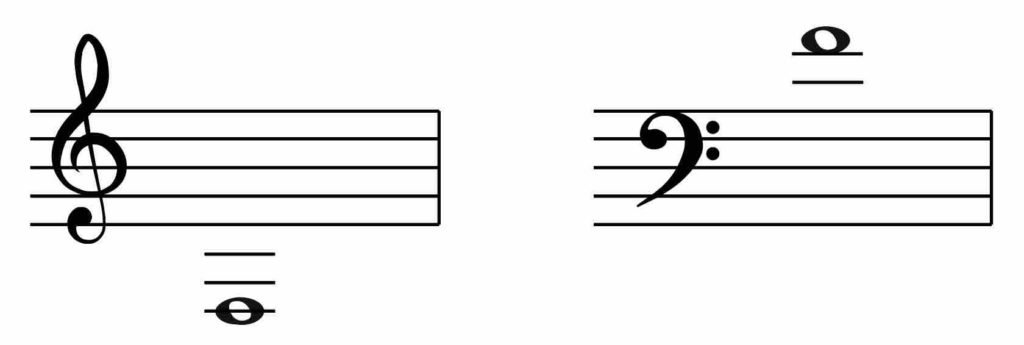
Example 1
Which note do we have below in the bass clef?
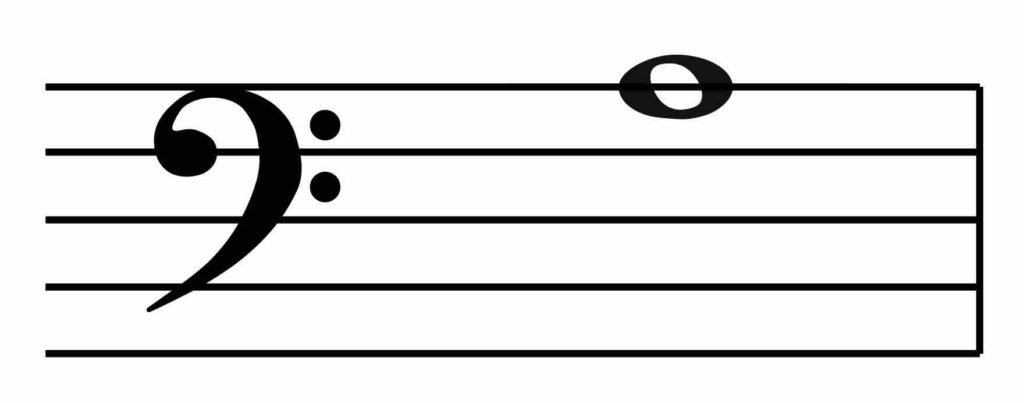
That’s correct, we have an A below Middle C.
Find this A in your Treble clef
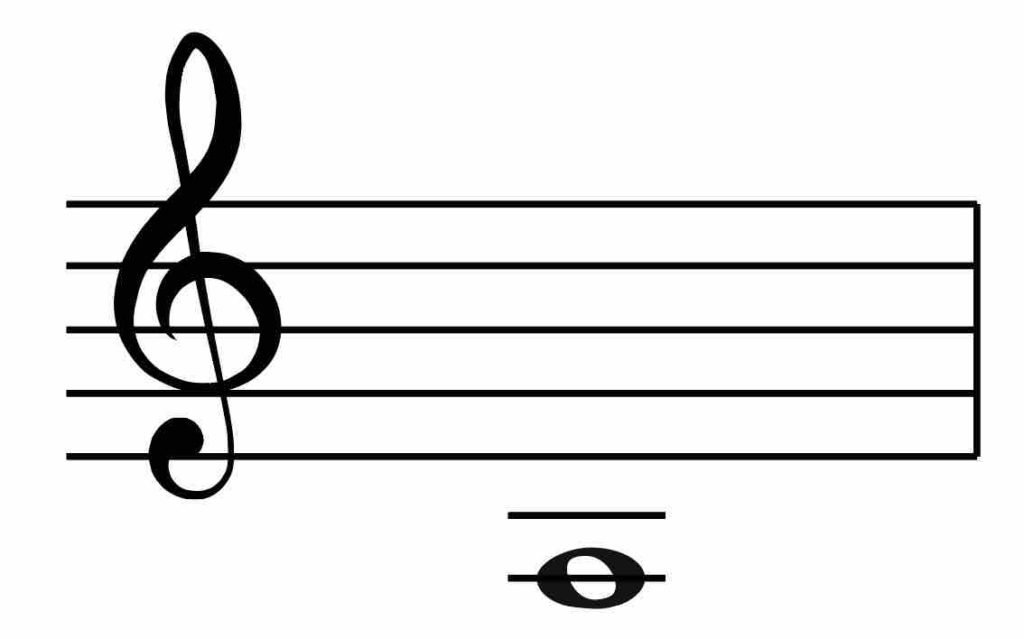
Now bring this up eight notes (octave)
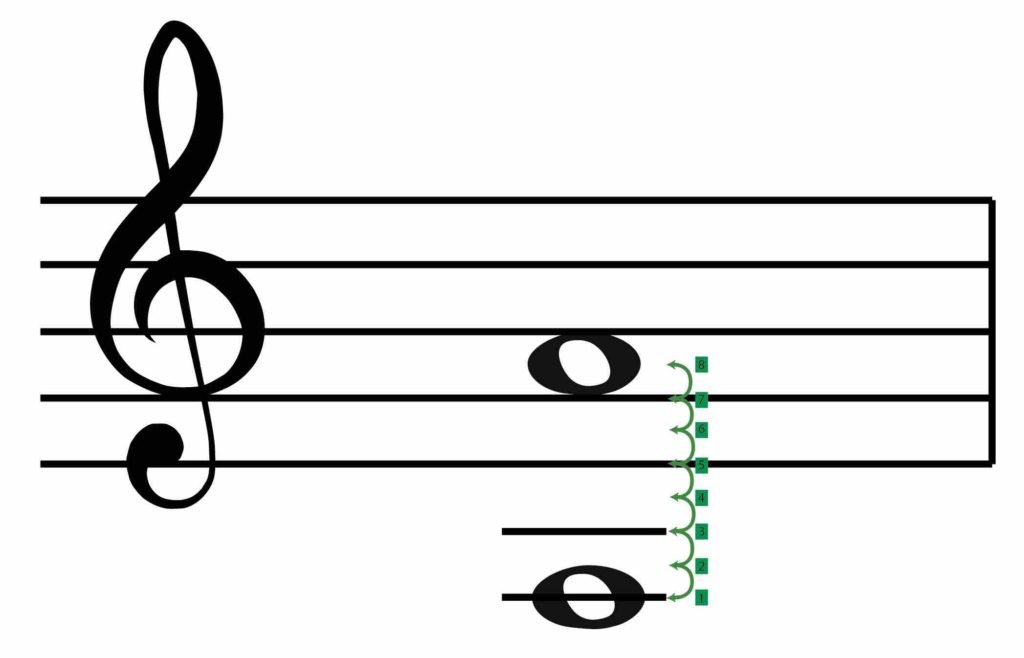
What is our final answer?
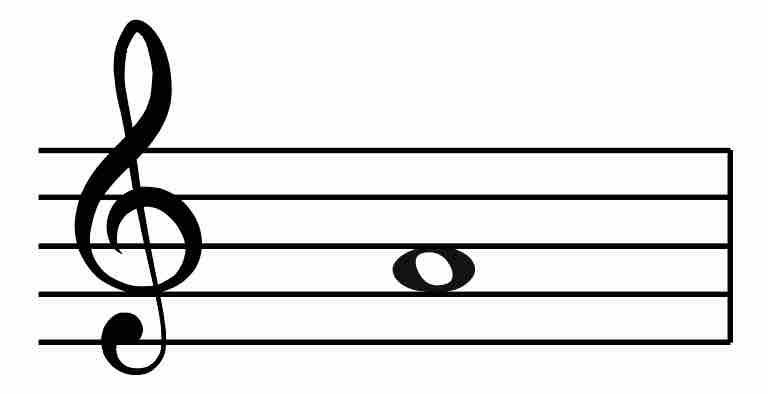
Alto and Tenor clefs
Answering this question in our alternative clefs is now relatively simple, if you keep middle C in mind, this will be easy!
Let’s Try!
Which note do we have in treble clef?
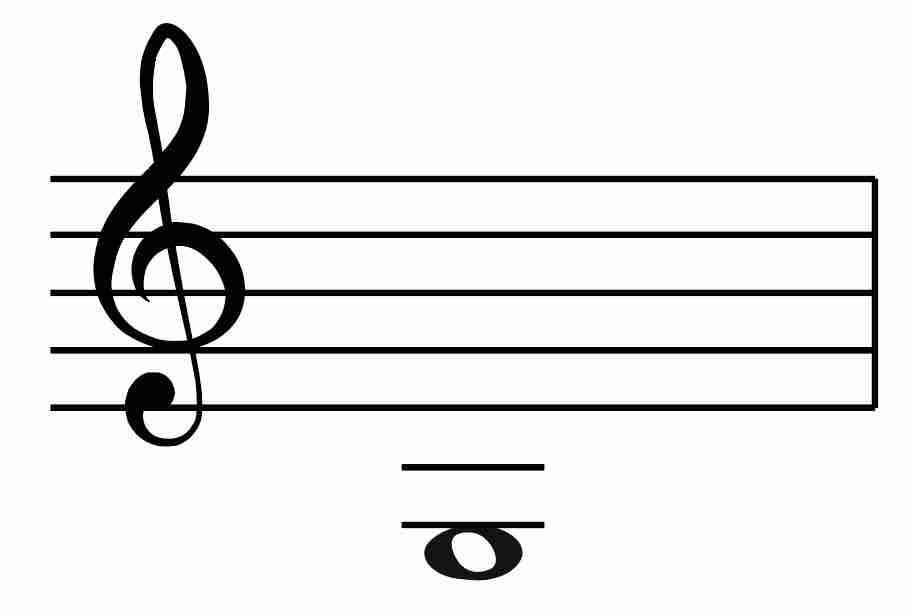
That’s correct, we have a G below middle C. See if you can find the same note in the Alto clef…
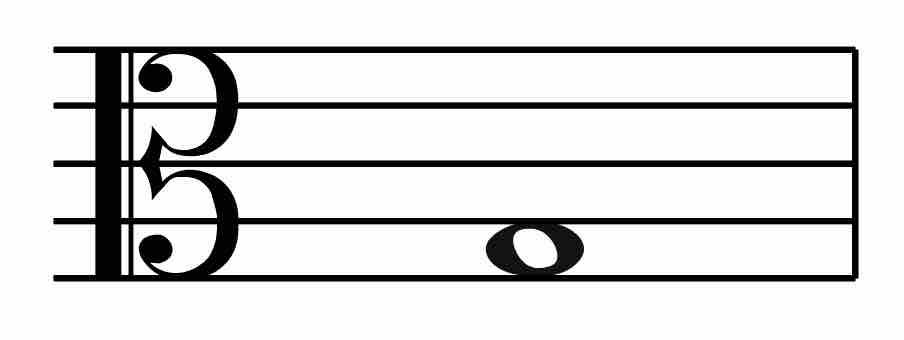
Now simply count up your octave to the G above middle C!
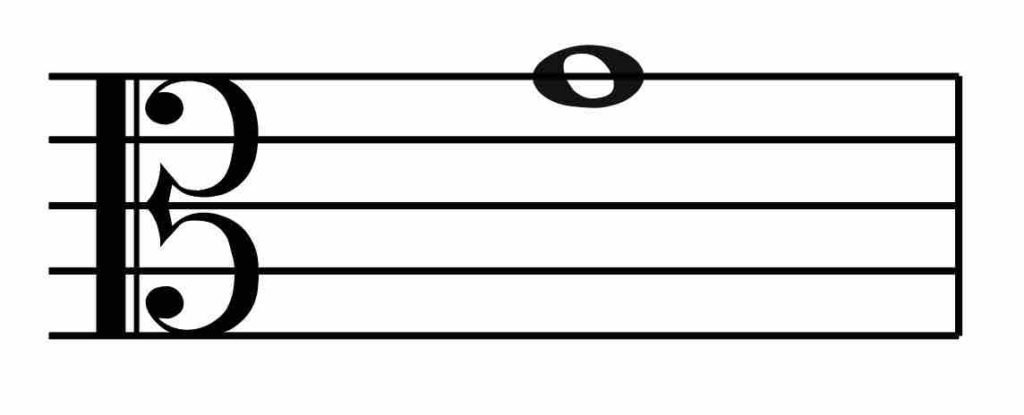
We can also do the same question in Tenor clef, see below.
Which note do we have in the bass clef?
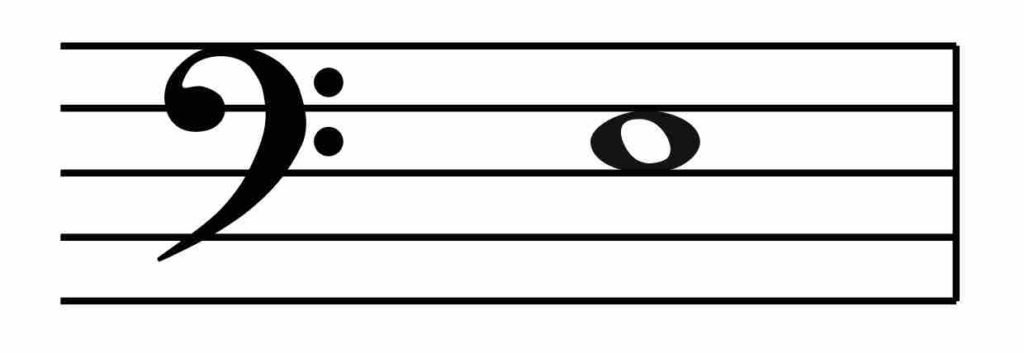
That’s correct, we have an E below middle C.
Find this note in the Tenor Clef…
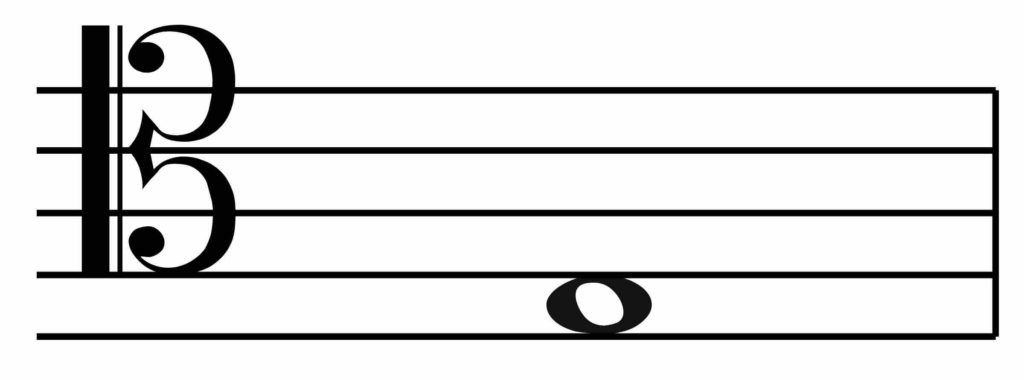
Repeat the step you did before, count up an octave. By doing this, you have now transposed up an octave in the tenor clef.
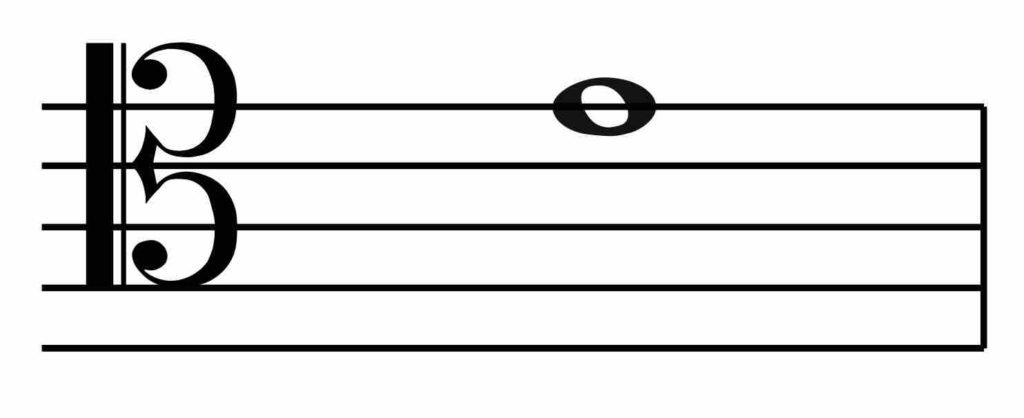
How easy is that?! The more you practice doing this the faster you will get. Eventually, you will be able to miss out the middle step (where we find the same note in the new clef)!
Good luck! Let me know how you get on with this and as always, if you have any comments or suggestions let me know!
What’s next….?
- Learn how to transpose up a octave.
- Learn how to transpose by another interval.
- Learn more about intervals with our complete guide.
